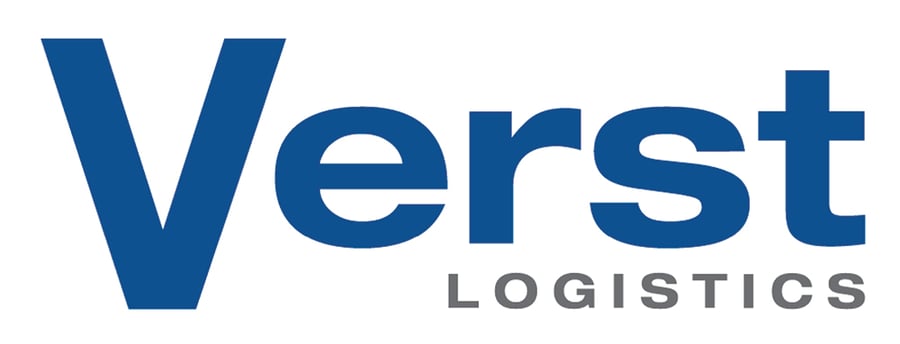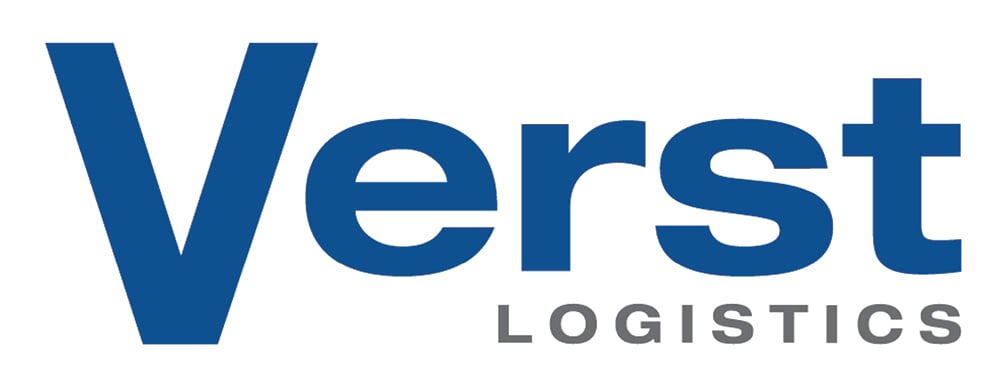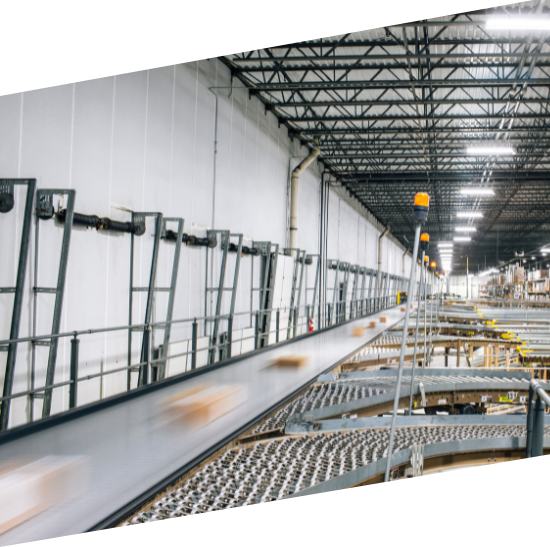Many present-day families than even before are depending on eCommerce tycoons like Amazon to pay the bills nowadays in America, just like other communities that revolve around the other industries such as the automobile and steel industry.
Why does it matter?
The growth of eCommerce fuels the growth of newer technologies, especially with robotics that makes order fulfillment much more cost-effecient and more accurate. But just because everything is shifting towards automation does not mean that the number of jobs are going anywhere.
The surge in e-commerce has required the rapid build-out of a vast network of warehouses and delivery systems that include both robots and human workers. The robots didn't take jobs from people, because many of the jobs didn't exist before.
"We're not looking to do the same work with half the people," said Rick Zumpano, vice president for distribution at Boxed. "Since we're growing, we need everyone."
In the September 2017 issue of PPI titled "How eCommerce Creates Jobs and Reduces Income Inequality", Michael Mandel states that "we estimate that eCommerce jobs in fulfillment centers and eCommerce companies rose by 400,000 from December 2007 to June 2017, substantially exceeding the 140,000 decline of brick-and-mortar retail jobs.
In this issue, Mandel continues to say, "based on a county-by-county analysis, we estimate that fulfillment center jobs pay 31% more than brick-and-mortar retail jobs in the same area."
Here's where it's happening:
- Campbellsville, Kentucky has about 26,000 residents — and 20% of its working population works in eCommerce. That's largely due to two Amazon fulfillment centers.
- Ottawa, Kansas, also a town of about 26,000 people, has 15% of its working population in eCommerce jobs thanks to a pair of big Walmart and American Eagle distribution centers in town.
- Mount Vernon, Illinois, which has long been home to a Walgreens distribution center, has 9.5% of its working population in warehousing jobs.
- And the list goes on with small towns from Texas to Florida to Pennsylvania.
The big picture
While several small towns have high concentrations of warehouse workers, the e-commerce jobs boom seems to be mainly concentrated in big, wealthy cities, says Joe Kane of the Brookings Institution.
- The biggest jumps in absolute numbers of jobs since 2010 have occurred in New York City, Seattle, Los Angeles and Dallas — partly due to Amazon's hiring spree at its corporate hubs and partly due to the rise of last-mile distribution centers, which are smaller warehouses located closer to cities.
Don't expect the big rural warehouses to disappear anytime soon, Egan says. "Those are indispensable ... that's where a lot of the inventory sits, that's where fulfillment begins."
- But CBRE predicts warehouses and distribution centers will add 452,000 workers by next year — and much of that growth will be closer to big cities, as companies invest more and more money in fast delivery.





